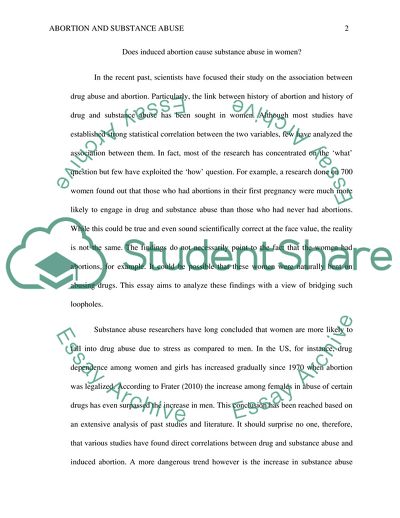Cite this document
(Abortion and Substance Abuse Essay Example | Topics and Well Written Essays - 2250 words - 4, n.d.)
Abortion and Substance Abuse Essay Example | Topics and Well Written Essays - 2250 words - 4. https://studentshare.org/social-science/1872690-abortion
Abortion and Substance Abuse Essay Example | Topics and Well Written Essays - 2250 words - 4. https://studentshare.org/social-science/1872690-abortion
(Abortion and Substance Abuse Essay Example | Topics and Well Written Essays - 2250 Words - 4)
Abortion and Substance Abuse Essay Example | Topics and Well Written Essays - 2250 Words - 4. https://studentshare.org/social-science/1872690-abortion.
Abortion and Substance Abuse Essay Example | Topics and Well Written Essays - 2250 Words - 4. https://studentshare.org/social-science/1872690-abortion.
“Abortion and Substance Abuse Essay Example | Topics and Well Written Essays - 2250 Words - 4”. https://studentshare.org/social-science/1872690-abortion.


